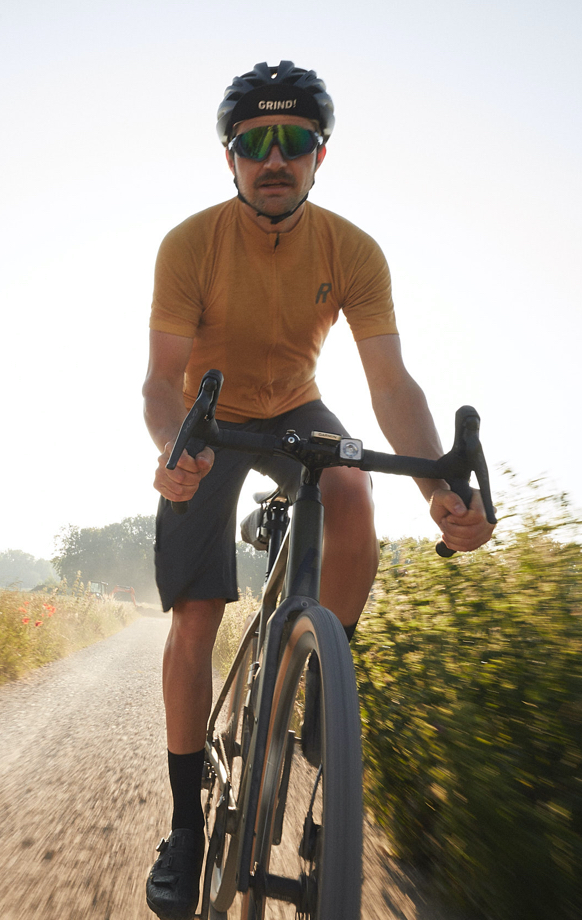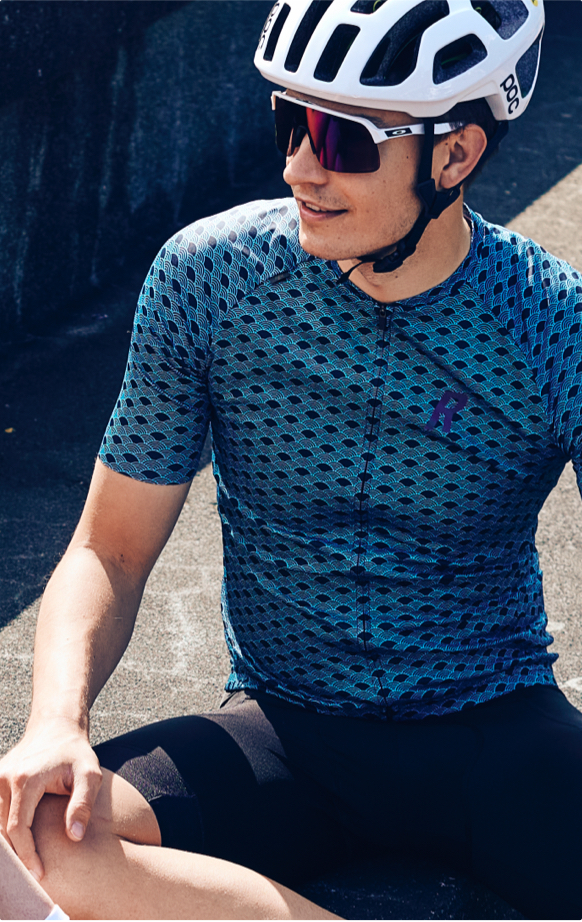Maik the Mechanic - No Frustration with Frost
Whether you decide to store your bike through the winter or continue to ride it, bicycle components require more care than usual during this time – parts like the chain, the brakes and the tyres. Electric bikes in particular need some extra care. Maik the Mechanic explains how to prepare your bike for winter:
)
If you store your bike for the winter:
» Thoroughly clean the bike before storage and remove dirt from the drivetrain components
» Clean the chain, rear derailleur, front derailleur, guide pulleys and cassette, then lubricate the chain. Shift through the gears and move the chain to the smallest rear sprocket
» Clean the chain, rear derailleur, front derailleur, guide pulleys and cassette, then lubricate the chain. Shift through the gears and move the chain to the smallest rear sprocket
» Store your bike upright on the floor or hang it on a wall mount rack. If possible hang it horizontally as that is better for hydraulic brakes.
» If you decide to hang your bike vertically, it's best to check the brakes for air before storage and have them bled if necessary
» Regularly pump up the tyres, as they might get damaged when stored deflated for a longer period of time
If you ride your bike during the winter:
» Three parts are especially prone to wear and tear: chain, brakes and tyres. They require special care during the winter
» Chain and sprockets: Regularly and carefully clean and re-lubricate them using heavier oil, so that it won't get washed off in rain that easily
» Clean your bike regularly with a bike cleaner to remove dirt and salt. Don't use a high-pressure water jet!
» FUse waxes and oils especially made for bicycle frames, as they help preserve the materials and protect them from corrosion
» Suspension fork: Be careful, at very cold temperatures (approx. -4 degree Celsius or colder), performance decreases, as the hydraulic oil thickens
» Tyres: If you often ride in snow and ice, we recommend using spiked tyres or at least winter tyres
» If you have a display or on-board computer: Don't panic if the display has a delay. The response time of LCD displays slows down when it gets cold. If you store your bike outside: remove the display
» Rim brake pads can get covered with dirt, which may decrease braking performance. It can help to regularly clean the pads and rim flanges
» When there are strong temperature fluctuations, condensation water can collect in the Bowden cables. When this water freezes, the braking and shifting system may fail
If you have an e-bike:
» Batteries are sensitive to cold weather. Even though riding an e-bike in cold weather is not the problem, as the electric current generated while riding keeps the battery cells warm, you should use a neoprene battery cover during longer breaks.
» If the bike is permanently stored outside in temperatures below zero, it is recommended to remove the battery pack and store and charge it at room temperature. It's best to only fit the battery to the e-bike shortly before the ride.
» Remove any displays or on-board computers from the bar
» The battery pack of an e-bike should be charged between 40 and 70 per cent before storage. This also means that you should check the battery charge every two to three months and recharge the battery, if required.
)
)
)
)